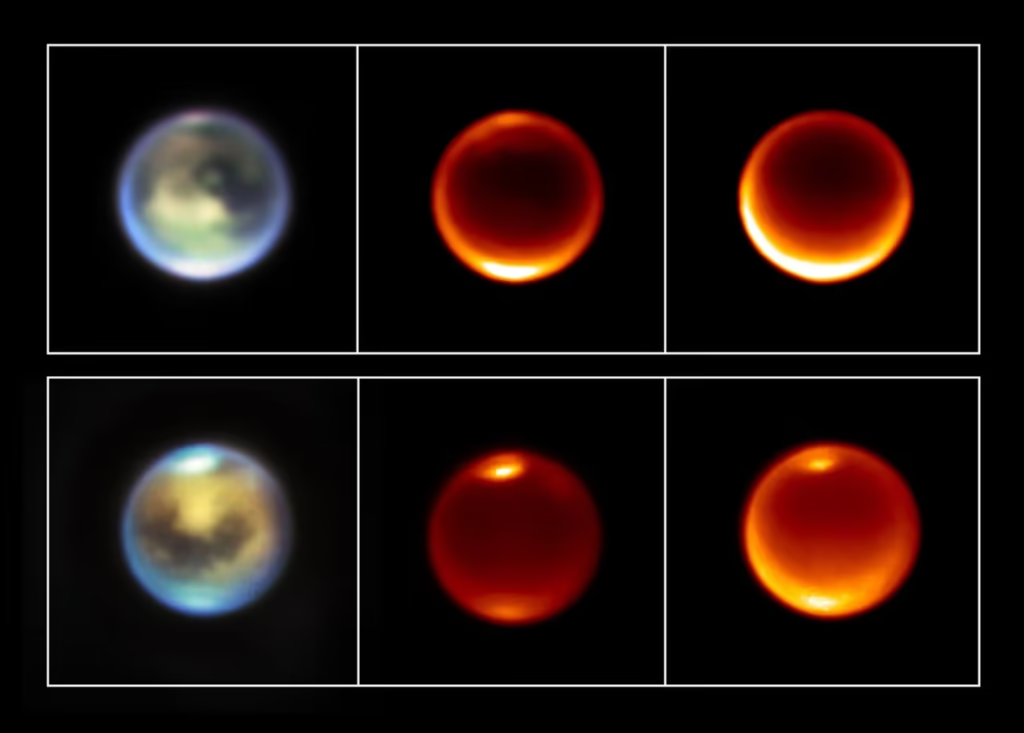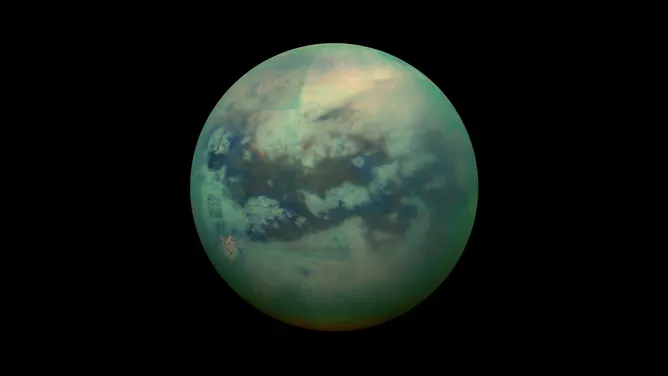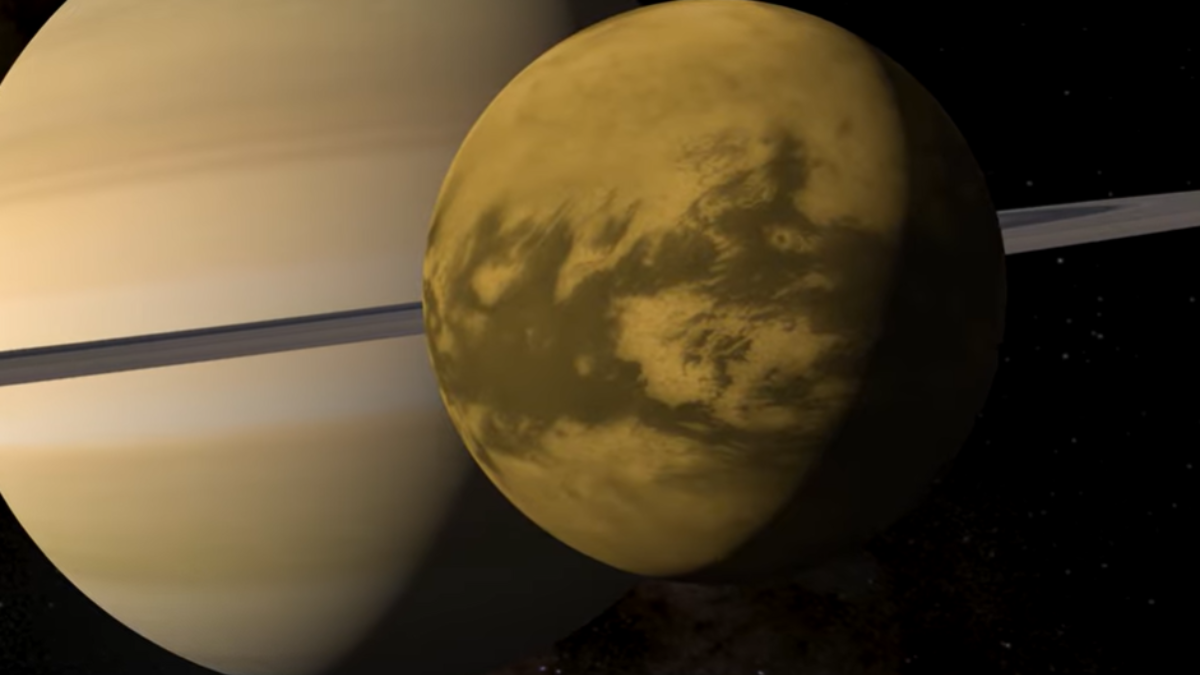Webb Telescope Uncovers Earth-Like Weather on Titan

On May 14, NASA announced a groundbreaking discovery. The James Webb Space Telescope (JWST) detected Earth-like weather on Titan, Saturn’s largest moon. Scientists observed cloud convection in Titan’s northern hemisphere for the first time. This finding could transform how we understand atmospheres beyond Earth.
Methane Clouds and Rain: Titan’s Earth-Like Climate Unfolds
Scientists regard Titan as one of the most Earth-like worlds in the solar system, thanks to its dense, nitrogen-rich atmosphere. But unlike Earth—where water drives the weather—Titan’s climate runs on methane. Methane evaporates, forms clouds, and rains down on the moon’s icy, solid surface.
Conor Nixon, lead author and planetary scientist at NASA’s Goddard Space Flight Center, said, “This is the only other place in our solar system with weather like Earth.” “It has clouds, rainfall, and weather patterns, albeit based on methane instead of water.”
A First Glimpse at Titan’s Earth-Like Weather Patterns

Until now, scientists had only seen atmospheric convection—rising air that forms clouds and precipitation—in Titan’s southern hemisphere. Using advanced infrared data, JWST detected this activity in Titan’s northern regions for the first time. This signals a seasonal shift on the moon.
Although researchers didn’t directly observe precipitation, they confirmed convection in Titan’s troposphere—the lowest atmospheric layer. Titan’s troposphere extends up to 45 kilometers. For comparison, Earth’s troposphere reaches about 12 kilometers.
Detecting Methyl Radicals: A Window into Titan’s Chemistry
In addition to identifying cloud convection, the Webb Telescope captured another exciting signal—the presence of methyl radicals (CH₃). Sunlight breaks apart methane molecules on Titan, creating intermediates that play a crucial role in the moon’s complex atmospheric chemistry.
“For the first time, we’re seeing the chemical cake rise in the oven,” said co-author Stefanie Milam. “Before, we only saw the ingredients and the final product.”
A Step Closer to Understanding Life’s Origins
The discovery is more than just a meteorological milestone. Titan’s methane-based climate and complex organic chemistry make it a prime candidate in the search for prebiotic chemical processes similar to those that may have sparked life on early Earth.
To further investigate, NASA plans to launch the Dragonfly mission in 2028—a rotorcraft lander that will explore Titan’s surface and study its rich organic compounds. The goal is to better understand the building blocks of life and the potential habitability of distant moons like Titan.
A Collaborative Breakthrough
Scientists made this historic detection of Earth-like weather on Titan by combining James Webb Space Telescope data with observations from Hawaii’s Keck II telescope. They analyzed images captured in November 2022 and July 2023, and recently published their findings in Nature Astronomy.
With its advanced capabilities, the James Webb Space Telescope continues to expand humanity’s view of the cosmos, unraveling mysteries not just about other planets—but potentially, about life itself.




